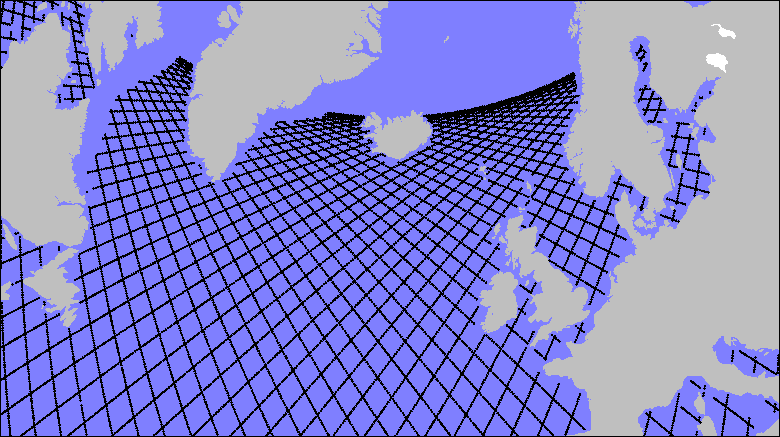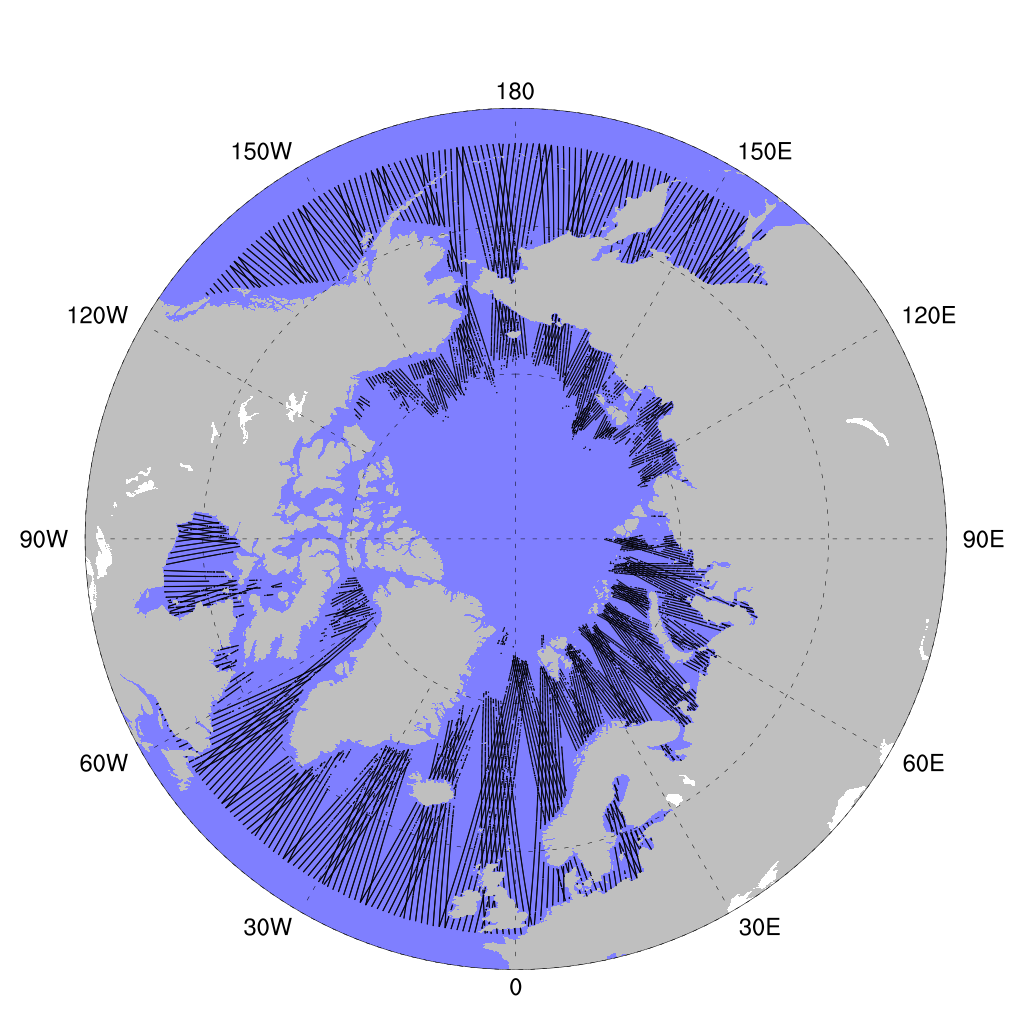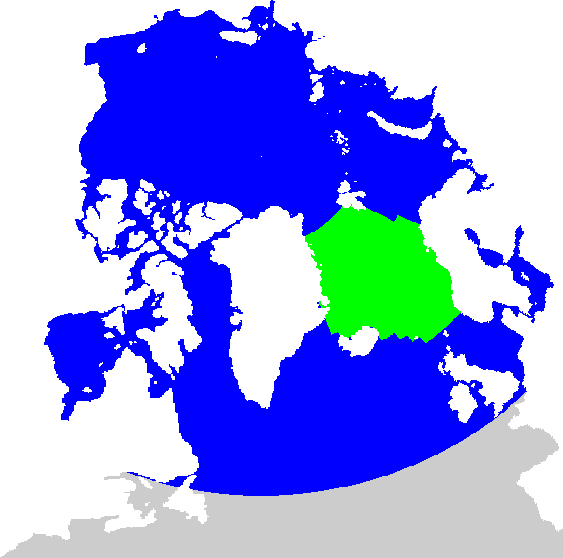Copernicus Marine Service Arctic MFC: Validation of sea level anomaly and geostrophic velocity
Validation results: Altimetry data from Jason-3
| January 2025
01-02 01-09 |
|||||||||||
| January 2024
01-04 01-11 01-18 01-25 |
February 2024
02-01 02-08 02-15 02-22 02-29 |
March 2024
03-07 03-14 03-21 03-28 |
April 2024
04-04 04-11 04-18 04-25 |
May 2024
05-02 05-09 05-16 05-23 05-30 |
June 2024
06-06 06-13 06-20 06-27 |
July 2024
07-04 07-11 07-18 07-25 |
August 2024
08-01 08-08 08-15 08-22 08-29 |
September 2024
09-05 09-12 09-19 09-26 |
October 2024
10-03 10-10 10-17 10-24 10-31 |
November 2024
11-07 11-14 11-21 11-28 |
December 2024
12-05 12-12 12-19 12-26 |
| September 2023
09-07 09-14 09-21 09-28 |
October 2023
10-05 10-12 10-19 10-26 |
November 2023
11-02 11-09 11-16 11-23 11-30 |
December 2023
12-07 12-14 12-21 12-28 |
Validation of the Copernicus Marine Arctic MFC results for sea level anomaly and geostrophic velocity is performed using altimeter data from the Jason-3 satellite. These data have been corrected for a number of processes, including removal of the tidal signal and correction for the inverse barometer effect. Note that altimeter data from Jason-3 are assimilated in the EnKF used in the ARCMFC (TOPAZ) model. However, we use an updated product for this validation, which may have improvements due to an updated computation of the inverse barometer, and more precise knowledge of the satellite orbit.
Additional information is provided under Processing below.
Validation Data: Jason-3
Each Jason cycle is diveded into 254 tracks, half of which are ascending and half are descending (more below). The instrument's sampling frequency is approximately 0.927 Hz, corresponding to a horizontal separation of about 18.5 km along the track. The mean measurement noise of the Jason-3 data is 2.6 cm.
Jason-3 data are available from the Copernicus Marine product SEALEVEL_GLO_PHY_L3_NRT_OBSERVATIONS_008_044.
Validation results: Altimetry data from CryoSat-2
Validation Data: CryoSat-2
Validation of the Copernicus Marine Arctic MFC results for sea level anomaly and geostrophic velocity is also performed using altimeter data from the the CryoSat-2 satellite. These data have been corrected similarly to those from the Jason missions (see details above).
The CryoSat repeat cycle is diveded into 5344 tracks, covered during 369 days of operations. This repeat cycle is made up of sub-cycles from approximately 30 days. The orbit period is 99.16 minutes. The mean measurement noise of the CryoSat-2 data is 2.6 cm. More information about the CryoSat mission is available from ESA.
CryoSat-2 data are available from the Copernicus Marine product SEALEVEL_GLO_PHY_L3_NRT_OBSERVATIONS_008_044.
Validation results: Altimetry data from Sentinel-6a
Validation Data: Sentinel-6a
Validation of the Copernicus Marine Arctic MFC results for sea level anomaly and geostrophic velocity is additionally performed using altimeter data from the the Sentinel-6 satellite. These data have been corrected similarly to the other missions (see details above).
Sentinel-6a was placed in the Jason-3 orbit, from which it has provided observations of sea level anomalies from March 2022 onwards. At the same time Sentinel-6a have also substituted Jason-3 as the reference altimeter mission. The repeat cycle and track data are thus identical to the information provided for Jason-2/-3 above. The mean measurement noise of the Sentinel-6a data is 1.6 cm. See also ESA's analysis of the data accuracy.
Processing
Sea level anomaly
|
The RMS difference between model sea level and observations is calculated track-by-track. Before the root-mean-square differences and correlations are computed, the following processing is performed:
|
|

|
The full set of Jason ground tracks north of 50°N. |

|
CryoSat ground tracks north of 50°N. The figure shows an example of the coverage during the time period covered during one of the weekly validation bulletins (17 days). |
Geostrophic velocity component
Here, we take advantage of the relationship between the sea surface slope and geostrophic velocity. Since sea level data are only available along the satellites' ground tracks, we are restricted to assessing the component of velocity normal to these tracks.
The relationship between sea surface slope along the track, hs
and speed of current component normal to the track, vgstr,
is
vgstr = g|hs/f|
where g is the gravitational acceleration and f is the local Coriolis
parameter.
In order to compare the geostrophic velocity component derived from observations, we adopt the same approach for the model results (and not model velocity), i.e., we compute this quantity based on model results for sea level. Note that to comply with the algorithm for computation of anomalies for sea level as described above, we here add the model climatology to the observed sea level anomalies (we choose to compare speed, not speed anomalies).
Finally, in order to account for directional differences in the derived results for speed of the geostrophic velocity component, the model results are set to a negative value in cases were the slope sign is opposite in model and observations.
Regions

|
Jason, SentinelThe ocean circulation model used in Copernicus Marine Arctic MFC covers the Arctic Ocean, the North Atlantic Ocean and adjacent ocean regions. The northern part is depicted in the figure to the left. Validation of sea level anomalies from model results are performed for two domains:
The validation is performed using processed data from the altimeter onboard the Jason-3 and Sentinel-6a satellites. The region covered by the satellites is limited by the 66° 8' parallell, as indicated in the figure below. This limit in the poleward extent of data significantly reduces the extent of the key domain for Copernicus Marine Arctic Monitoring and Forecasting Centre. However, using Jason-3 and Sentinel-6a data almost eliminates possible problems due to the presence of sea ice at higher latitudes. Like its predecessors TOPEX/Poseidon, Jason-1 and Jason-2, Jason-3 and Sentinel-6a have orbital periods of about 6750 s (1:52:30). The full surface trace is constituted by 254 tracks, with one ascending track and one descending track in each orbit. Tracks in the region relevant for the Arctic Monitoring and Forecasting Centre are shown by the black curves below. The repeat period then becomes approximately 10 days. Using tide gauge data from around the world as reference, validation of Jason-2 altimetry data has revealed a standard deviation of the sea level anomaly of approxiately 4 cm. |

|
CryoSatSimilarly to the validation that uses data from the Jason missions, we consider two domains:
Note that the CryoSat and Sentinel missions extend much further north than Jason's extent. Data from CryoSat are available as far north as approximately 82°N. |
ARCMFC PHYS (TOPAZ)
The model results are produced with the TOPAZ ocean data assimilation model system. Presently, TOPAZ is run weekly with data assimillation one week prior to the bulletin date, then applying a one-week 100 member ensemble simulation ending on the bulletin date. Then, for each day a 10 day deterministic forecast is produced. TOPAZ was developed and is maintained by the Nansen Center.
ARCMFC PHYS (TOPAZ) results are available as Copernicus Marine product ARCTIC_ANALYSISFORECAST_PHY_002_001 from the Copernicus Marine Data Store. An archive of historical forecasts are available from a thredds server.
